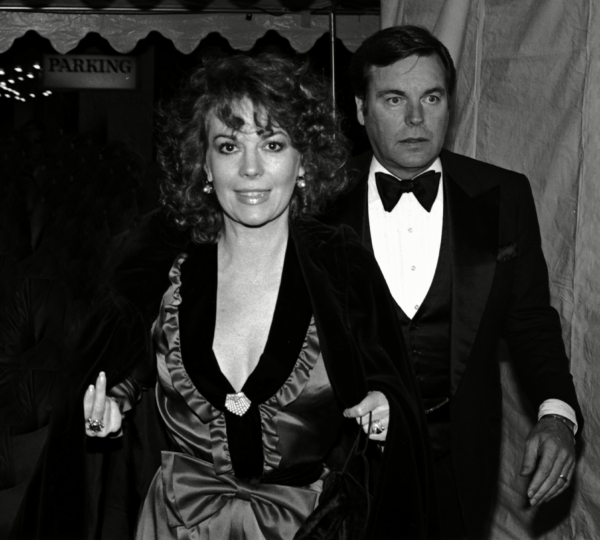
Natalie Wood, the radiant star of West Side Story, Rebel Without a Cause, and countless other films, was found drowned in the waters off Catalina Island, near the yacht she shared with Wagner, their friend Christopher Walken, and the vessel’s captain, Dennis Davern. At the time, her death was officially ruled an accident, a conclusion that left fans bewildered and investigators unsatisfied. Over the decades, rumors, speculation, and conflicting accounts have kept the mystery alive, making it one of Hollywood’s most enduring enigmas.
Wagner’s recent statements shed new light on the events of that fateful evening. He admitted that he and Natalie had been drinking heavily and engaged in a heated argument before she went missing. “We both said things we didn’t mean,” Wagner said in a quiet, remorseful tone. “The next thing I knew… she was gone.” Though seemingly candid, his account leaves critical gaps, particularly concerning the nearly four-hour delay in alerting the Coast Guard. According to reports, help was not called until 3:30 a.m., long after Natalie was last seen alive. These lost hours have fueled decades of speculation about what truly transpired aboard the yacht.

Captain Dennis Davern, the only other eyewitness aside from Christopher Walken, later revealed that he had been pressured to keep quiet in the days following the incident. In a revised statement, he described hearing shouting and the sound of a struggle before silence fell over the vessel. “There was tension,” Davern said. “It wasn’t an accident. Something bad happened that night.” These revelations lend credibility to the theories suggesting that Natalie’s death may not have been accidental, as initially reported.
Eyewitness accounts from nearby boats added another layer of mystery. Several independent witnesses claimed they heard a woman’s terrified screams around midnight, pleading for help. Moments later, a man’s voice shouted back angrily. Whether that voice belonged to Wagner, Walken, or someone else remains unknown. The image of Natalie Wood, alone in the cold, dark waters she had long feared, struggling against forces unknown, has haunted the public imagination for decades.
The coroner’s findings only deepened suspicion. Bruises were discovered on Wood’s arms and legs that were inconsistent with a simple fall. A revised autopsy in 2011 officially described her death as “suspicious,” pointing to possible physical altercations before she entered the water. In 2018, the Los Angeles County Sheriff’s Department formally named Robert Wagner a “person of interest,” citing inconsistencies in his statements and his reluctance to fully cooperate with investigators. These developments reignited debates about whether Natalie’s death was a tragic accident, a negligent act, or something far darker.
Wagner’s recent statements, part confession and part reflection, have done little to quiet the controversy. “I loved her more than anything,” he said. “But I have to live with what happened that night for the rest of my life.” He has not elaborated on what exactly that means, nor addressed the critical questions surrounding the delayed call for help, leaving the case shrouded in uncertainty even after decades.
Modern forensic analysis has brought new attention to the case. With advances in technology, experts are re-examining old evidence, reviewing eyewitness accounts, and analyzing inconsistencies in previous reports. Investigators hope that these efforts may finally reveal what happened during the lost hours on the Splendor, a period that remains the most critical and enigmatic part of the investigation.
The case of Natalie Wood is not just a story of a Hollywood tragedy; it is a cautionary tale about secrets, silence, and the pressures of fame. What began as the promising life of a young star ended abruptly in a dark, uncertain night on the open water. Even now, decades later, her story continues to captivate, mystify, and horrify, reminding the world that the truth is often more complicated than any narrative or public statement can capture.
The questions linger, unresolved and haunting: Why did Robert Wagner wait nearly four hours to call for help? What really happened aboard the Splendor during the stormy night? Was Natalie Wood the victim of a tragic accident, or was there foul play involved that remained hidden by fear, power, and privilege?
Four decades after her death, Natalie Wood’s memory continues to float between legend and mystery. Her voice remains forever silenced by the waves, and her husband’s truth remains obscured in the fog of that cold November night. As the investigation slowly inches forward, the hope persists that one day, justice may finally be served, and the full story of that fateful evening will be known.
Even now, Hollywood and the world continue to watch, waiting for answers, haunted by the possibility that some truths may remain just out of reach — and that the glamour and romance of a golden era may hide a darker, unspoken reality beneath its sparkling surface.


